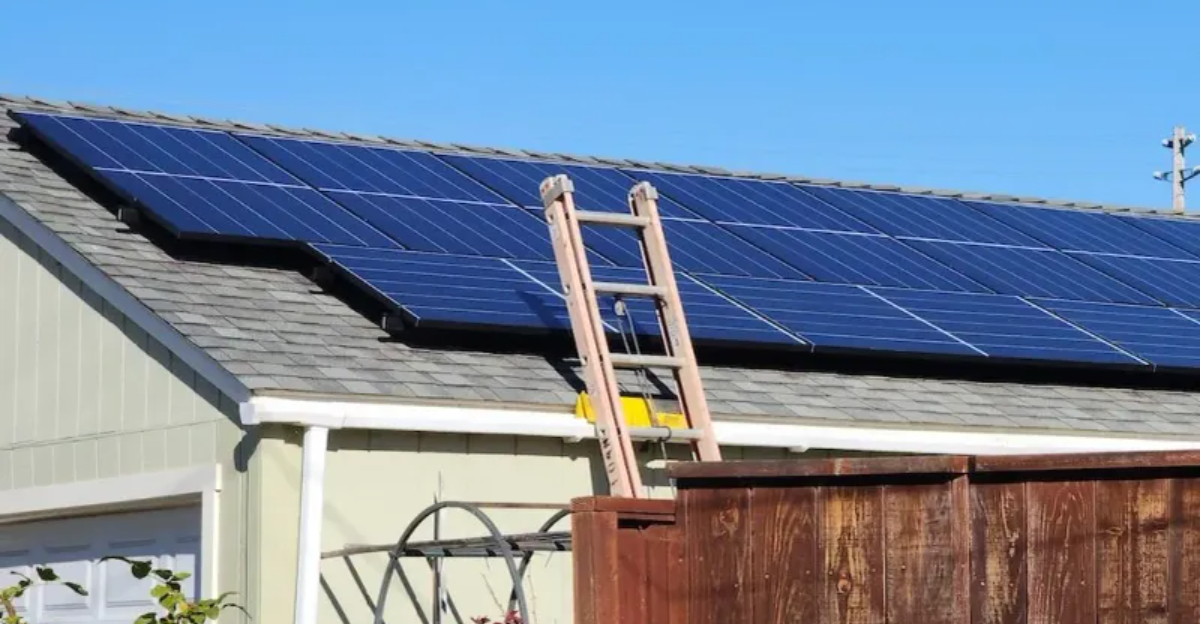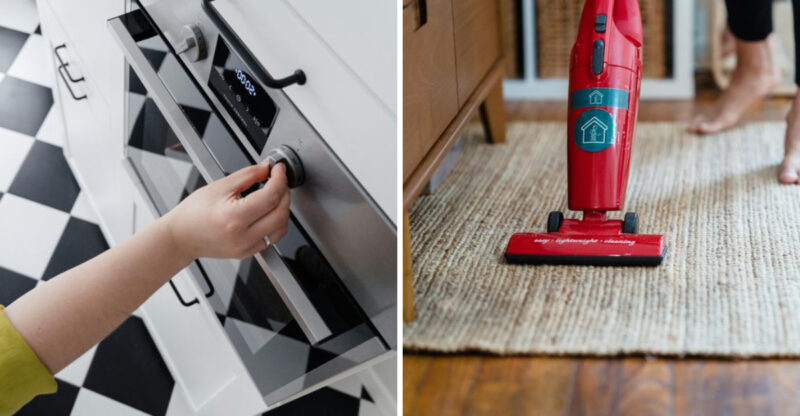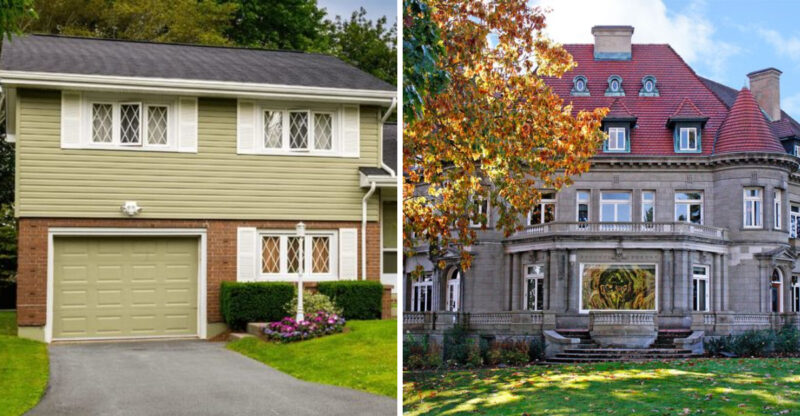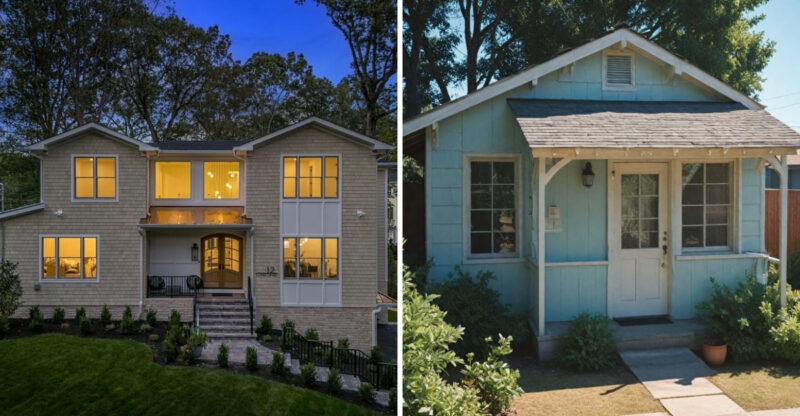Things California Homeowners Should Know About Solar Panels

California sunshine isn’t just for beach days anymore. I’m here to tell you that solar panels have become one of the smartest investments for homeowners across the Golden State.
With rising electricity costs and amazing incentives available right now, going solar makes more sense than ever before. Let me walk you through everything you need to know to make the best decision for your home and wallet.
1. Installation Costs And Financing Options
How much will you actually spend to get solar panels on your roof? Right now, most California homes need between $15,000 and $25,000 for a complete system. That sounds like a lot, but hold on.
You don’t have to pay everything upfront. Many companies offer zero-down loans, leases, or power purchase agreements. I’ve seen neighbors finance their panels just like a car payment.
Some options let you pay nothing down and start saving on electricity bills immediately. Shop around because interest rates and terms vary wildly between solar companies.
2. Federal And State Tax Incentives
Did you know the federal government will give you back 30% of your solar costs? It’s called the Investment Tax Credit, and it’s basically free money for going green. California also offers additional rebates through various programs.
These incentives can slash thousands off your total price. I’m talking about real cash back when you file your taxes next year.
Your installer should help you navigate all available programs. Some local utilities offer extra rebates too, so ask about every possible discount before signing anything.
3. Roof Condition And Suitability
Is your roof ready for solar panels? If your shingles are old or damaged, fix them first before installing anything. Panels last 25-30 years, so your roof needs to match that lifespan.
I learned this the hard way when my neighbor had to remove brand-new panels to replace his roof. It cost him thousands in extra labor.
Most installers offer free roof inspections. They’ll check for structural strength, proper ventilation, and any needed repairs. A solid roof foundation prevents headaches down the road.
4. Energy Savings Over Time
How much will you actually save each month? Most California homeowners see their electric bills drop by 50-90% after going solar. That’s real money staying in your pocket every single month.
Over 25 years, you’re looking at $20,000 to $60,000 in total savings. It depends on your current electricity usage and rates.
Electricity prices keep climbing about 3-5% annually in California. Solar locks in your energy costs, protecting you from future rate hikes. Think of it as an inflation shield for your budget.
5. Local Permitting And Inspections
Are permits really necessary for solar installation? Absolutely yes, and your installer should handle all the paperwork for you. California requires building permits, electrical permits, and final inspections.
The process typically takes 2-6 weeks depending on your city. Some areas move faster than others with their approval process.
Reputable companies include permitting fees in their quotes. After installation, an inspector verifies everything meets safety codes. You can’t turn on your system until you pass this final inspection.
6. Solar Panel Efficiency Ratings
What’s the difference between cheap and expensive panels? Efficiency ratings tell you how much sunlight converts into electricity. Higher efficiency means more power from less roof space.
Monocrystalline panels are the most efficient at 18-22%, but they cost more. Polycrystalline panels run 15-17% efficient and save you money upfront.
If you have limited roof space, splurge for high-efficiency panels. Got plenty of room? Standard efficiency panels work great and cost less per watt.
7. Net Metering Policies Explained
When your panels produce more electricity than you use, where does it go? It flows back to the grid, and your utility company credits your account. That’s net metering in action.
California has some of the best net metering rules in America. You basically use the grid as a giant battery for excess energy.
However, policies changed recently with NEM 3.0, reducing credit rates. If you installed panels before April 2023, you’re grandfathered into better rates. Always check your specific utility’s current net metering structure.
8. Warranties For Panels And Inverters
What happens if something breaks after installation? Quality panels come with 25-year performance warranties guaranteeing 80-90% output. That’s industry standard, so don’t accept anything less.
Inverters typically have 10-15 year warranties since they’re the first component to need replacement. Extended warranties are available for extra peace of mind.
Always read the fine print about what’s covered. Some warranties include free replacement and labor, while others charge you for installation. Ask your installer to explain every warranty clearly.
9. Maintenance Requirements And Lifespan
How much work do solar panels actually require? Honestly, very little maintenance compared to other home improvements. California’s dry climate means less cleaning than rainy states.
Rain naturally washes away most dust and debris. You might need to hose them off once or twice yearly if you live near dusty areas.
Panels typically last 25-30 years with minimal care. Inverters need replacement around year 10-15. Trim nearby trees to prevent shading and occasionally check for damage after storms.
10. Impact On Home Resale Value
Will solar panels help or hurt when selling your home? Studies show California homes with solar sell for 4-6% more than comparable homes without panels. That’s thousands of extra dollars in your pocket.
Buyers love the idea of low electricity bills. Owned systems add more value than leased systems since there’s no payment transfer hassle.
Homes with solar also sell faster on average. It’s become a major selling point in California’s competitive real estate market. Make sure to highlight your energy savings in listings.
11. Choosing A Reputable Installer
How do you avoid getting scammed by fly-by-night companies? Always verify your installer holds a California C-46 solar contractor license. Check their rating with the Better Business Bureau too.
Get at least three quotes before deciding. I’ve seen prices vary by $10,000 for identical systems between different companies.
Read online reviews carefully and ask for local references you can actually call. Established companies with years of local experience are safer bets than new startups offering unbelievable deals.
12. Shading, Orientation, And Roof Angle
Where should panels go on your roof for maximum power? South-facing roofs with minimal shade produce the most electricity in California. East and west orientations work too, just with slightly lower output.
Roof angle matters less than you’d think. Anything between 15-40 degrees works well for our latitude. Even small shadows from chimneys or trees can dramatically reduce production.
Professional installers use shade analysis tools to map your roof’s solar potential throughout the year. Avoid shaded areas completely.






